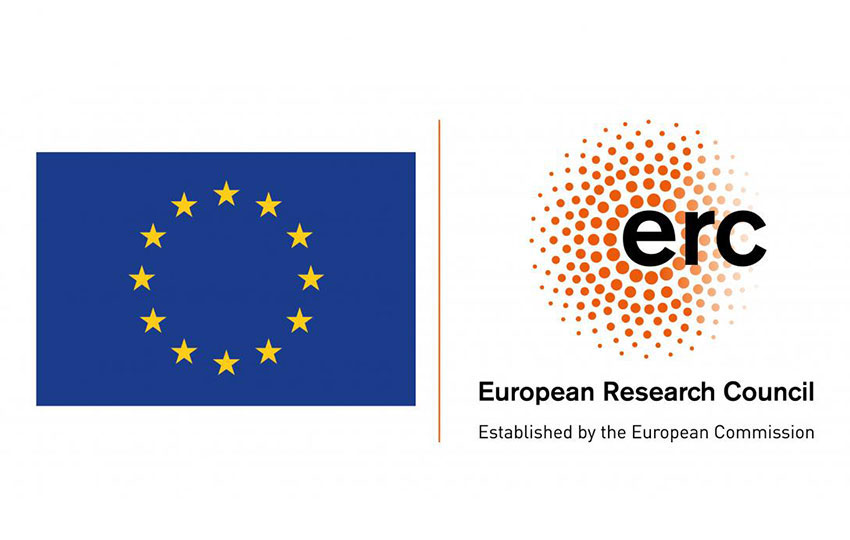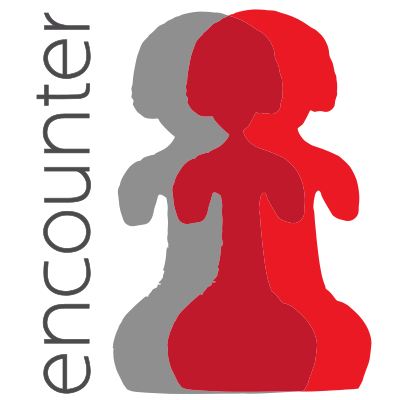Japan currently has an average of ca. 7,000 archaeological excavations per year.
The ability to provide a reliable absolute chronology for these sites and the material recovered from them is of central importance for archaeological research.
Thanks to its increased availability in recent years, the use of Accelerator Mass Spectrometry (AMS) radiocarbon dating is no longer restricted to research-led fieldwork,
and has now become commonplace in rescue excavations throughout the country. These scientific dates are invaluable for archaeology, and anthropology, and more broadly to historical and quaternary sciences.
However, the sheer number of radiocarbon dates and the continuous addition of newly published data makes finding and using information impractical for individual users.
Thus, a systematic collation of radiocarbon dates from around 60,000 site reports stored in the library of the National Museum of Japanese History was carried out,
leading to a creation of a database with over 40,000 entries, which is continually being maintained and updated. To make this resource available to an international audience,
and further promote archaeological research based on radiocarbon dating, an English translation of the database has now been completed and made publicly available online.
The database is being continuously updated with additional entries and corrections.
Please download the latest version from the link below. Please note that each radiocarbon data has a unique entry and calibrated date ranges are not included.
Users are requested to calibrate dates on their own using the latest and most appropriate calibration curve.
The English version of the database should not be considered a direct and full translation of the original Japanese database. Notable changes include:
For more information and details see Kudo et al 2018. Users interested in obtaining additional information should consult the full Japanese version of the database on the following link:
https://www.rekihaku.ac.jp/up-cgi/login.pl?p=param/esrd/db_param
| Version | Date | Release Notes |
|---|---|---|
| v.1.2.0 | 31 March 2025 | (latest) |
| v.1.2.0 metadata | 31 March 2025 | (latest) |
| v.1.1.0 | 18 July 2023 | |
| v.1.1.0 metadata | 18 July 2023 |




